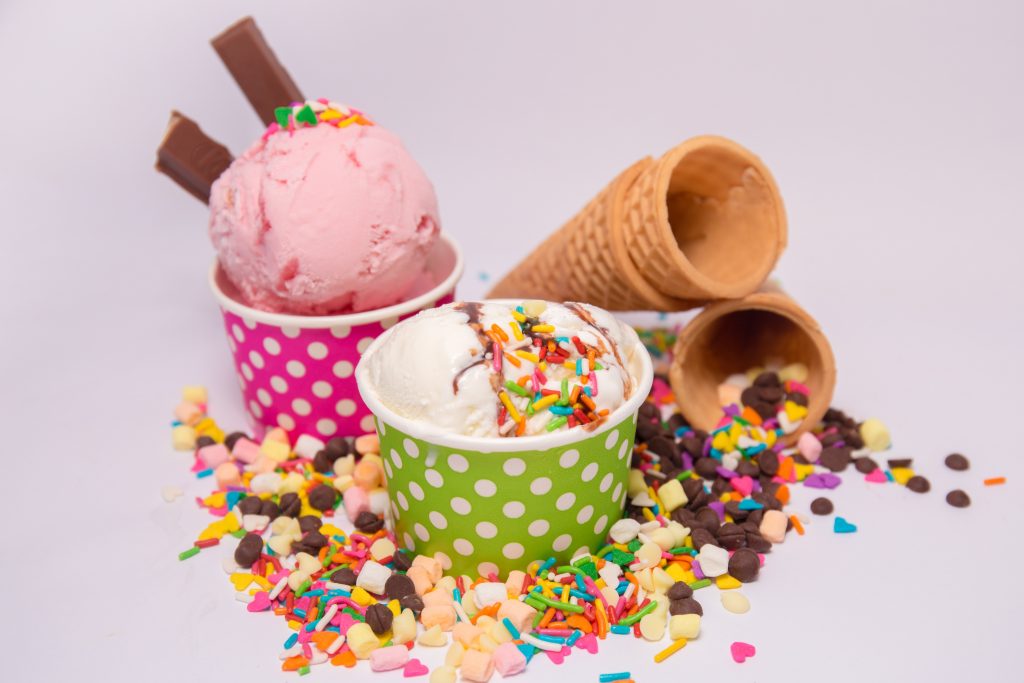When you run a snow cone business, it helps to read up a bit about how this simple, lovely classic summer treat came to be. This might help you in the more tedious parts of handling your business when you're buying snow cone supplies at wholesale or setting up stalls in the heat of the summer sun. What makes this treat an enduring classic? Is it its sweet, refreshing taste? Or is it its affordability or its simplicity? The answer is probably a mixture of everything.
Snow cones are a constant favorite of every generation, not to mention practically every culture. There is a spin of the snow cone in other countries, from the Korean bingsu to the Filipino halo-halo. It seems that people have seen the potential of shaved ice as a dessert long ago but only recently capitalized on it.
Here are things you might not know about the snow cone.
Its Origins
We don't know where or how it started. Some sources report that it originated in Dallas, Texas, where Samuel Bert invented the first snow-cone-making machine just in time for the State Fair in 1919. More sources credit Ernest Hansen of New Orleans, Louisiana as the inventor of the ice block shaver in 1934. This type of machine, or variations of it, is now used by most snow cone businesses.
Its Name
There are two different variations of the snow cone, the more traditional "sno-cone" and the "sno-ball," which are also called snow cones. It's easy to get them mixed up. But sno-cones are harder and crunchier, with drizzles of strong syrup that don't overpower the consistency of the shaved ice. Sno-balls, on the other hand, are softer, grainier, and closer in composition to real ice. They are usually drenched in syrup, which depends on whether you're an ice person or a syrup person.
Its Kinds
Different cultures have their own take on the snow cone. For instance, the Korean bingsu consists of a tower of soft, grainy shaved ice topped with syrup and red beans. The Filipino halo-halo is composed of shaved ice and a variety of colorful ingredients, from purple ube ice cream and green and red jellies to brown beans, cherries, and Rice Krispies. Snow cones are pyramid or triangle-shaped in Mexico, which are called piragua (this word translates to pyramid and water). The kachang from Malaysia and Singapore is similar to the Korean bingsu but topped with tropical fruits.
Snow cones are simple treats. They're easy to make and quick to eat. Aside from this, they are incredibly refreshing. They're the go-to for hot summer days, state fairs, and music festivals. And they don't cost a lot.
You can start your own business at home after investing in a good machine. With enough advertising, connections to summer events, some capital, and a lot of determination, you can start a shaved ice frenzy and even add your own spin to it. Or you can stick to its old-fashioned goodness. Either way, they're enduring treats that people will continue to enjoy every time.

